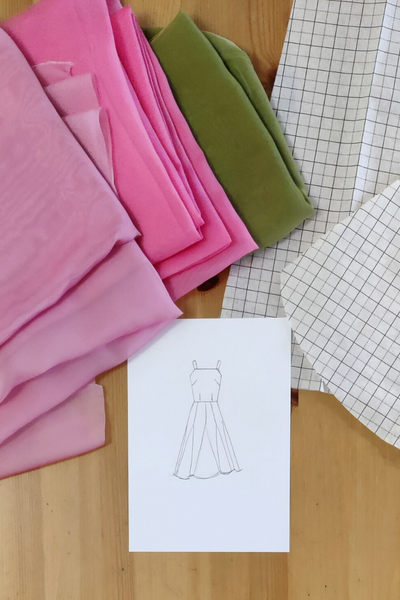What is a Toile and Why Would You Make One?
A toile, also known as a muslin in the USA, is a prototype of a garment. In the design process, it sits in between drafting pattern pieces and the finished version. The toile allows the designer to check that the idea in his or her head will actually…




